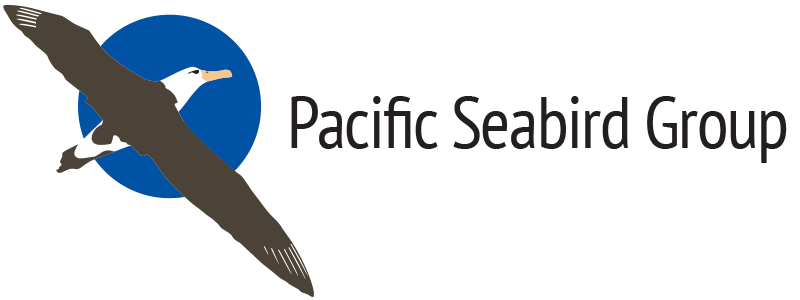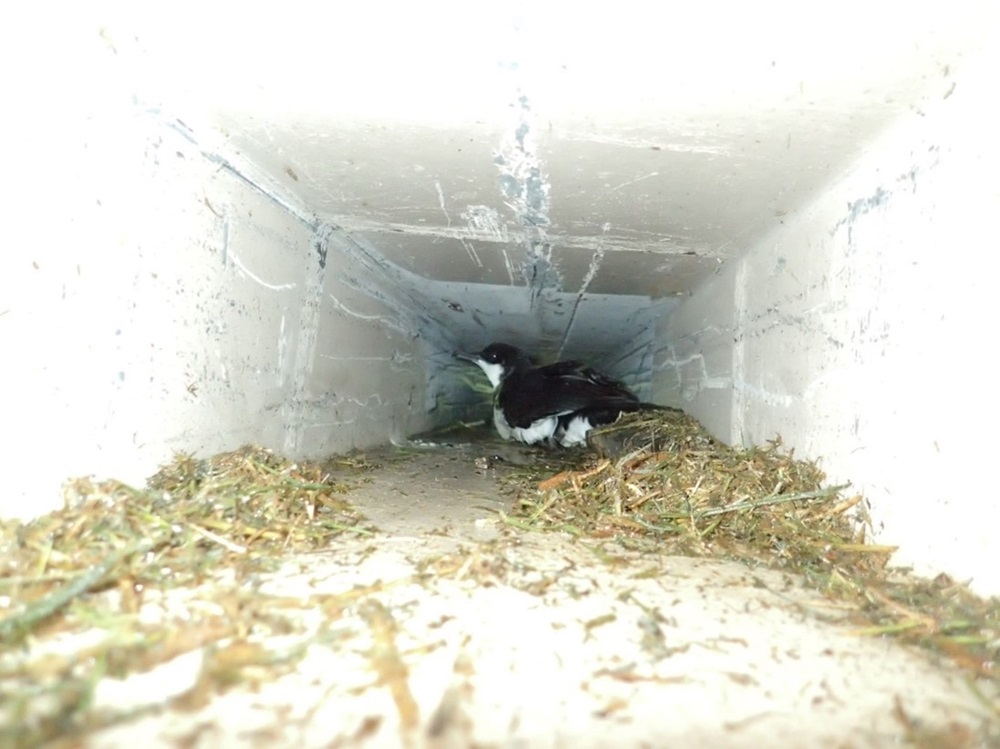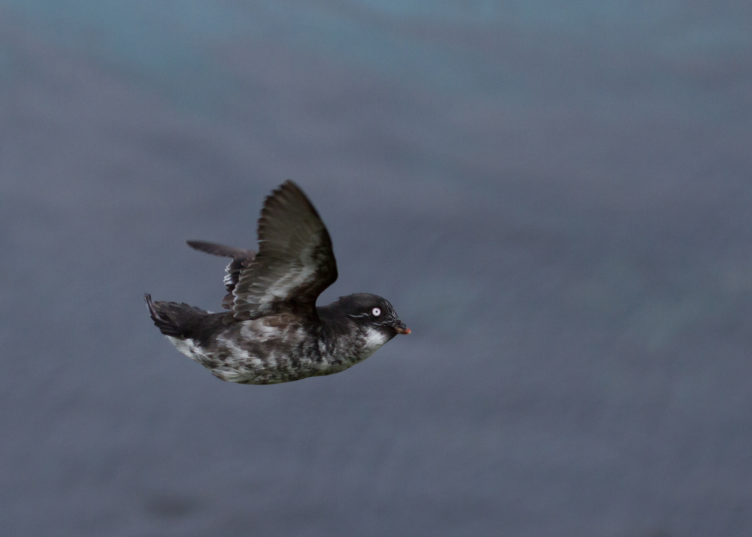The impact of light attraction on adult seabirds and the effectiveness of minimization actions
By Andre Raine, Archipelago Research and Conservation LLC, Kauaʻi, HI (andreraine@arckauai.com)
Light attraction is a well–documented phenomenon affecting seabirds worldwide, but it is typically associated with fledglings taking their first flight out to sea. Indeed, the island of Kauaʻi (the northern-most of the main Hawaiian Islands) is one of the better-known examples of this conservation issue, with large numbers of fledgling ʻaʻo (Newell’s Shearwaters, Puffinus newelli, an endangered endemic seabird) grounded every year. While multiple scientific papers have considered fledgling fallout, there is little in the literature regarding the impact of light attraction on breeding adult seabirds on land. In our paper, published in volume 78 of the journal Pacific Science, we address this issue by documenting a large-scale fallout event of adult seabirds at a facility in the northwest of the island.
During this unprecedented event in September of 2015, 131 endangered adult seabirds, including 123 ʻaʻo and six ʻuaʻu (Hawaiian Petrels; Pterodroma sandwichensis), were grounded by lights at the Kōkeʻe Air Force Station (KAFS)—the majority occurring over a two-night period. This was caused by the bright, upward–facing, unshielded lights utilized at the facility coupled with conditions that exacerbate the fallout phenomena—a waning moon (and thus a dark night), with rain and fog. By comparison, in the whole of 2015 leading up to this event, the Save Our Shearwaters program (the island’s rescue and rehabilitation program) recovered a total of five adult ʻaʻo across the island, of which at least three were downed because of powerline collisions. The fallout event at KAFS therefore equated to 98.5% of all adults grounded due to light attraction on Kauaʻi in that year.
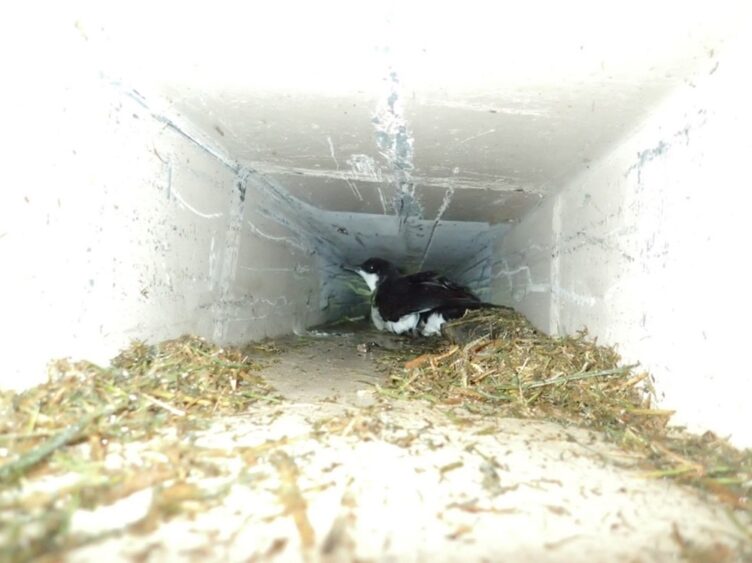
In response to this event, the facility altered its lighting protocol with a blackout period in effect for the remainder of 2015, and a new lighting regime which, from 2017 onwards, consisted of shielded low–intensity light bollards that were only turned on when AFS staff required them. Following the fallout event we carried out an intensive annual seabird monitoring project at the facility, using a combination of nocturnal surveys with night vision, acoustic recorders, remote cameras and ground searches. Apart from two ʻaʻo adults grounded in 2016 (before the lights were turned off at the start of the seabird season) and one each in 2020 and 2023, no additional grounded birds were found indicating that the new lighting regime was successful in dramatically reducing fallout.
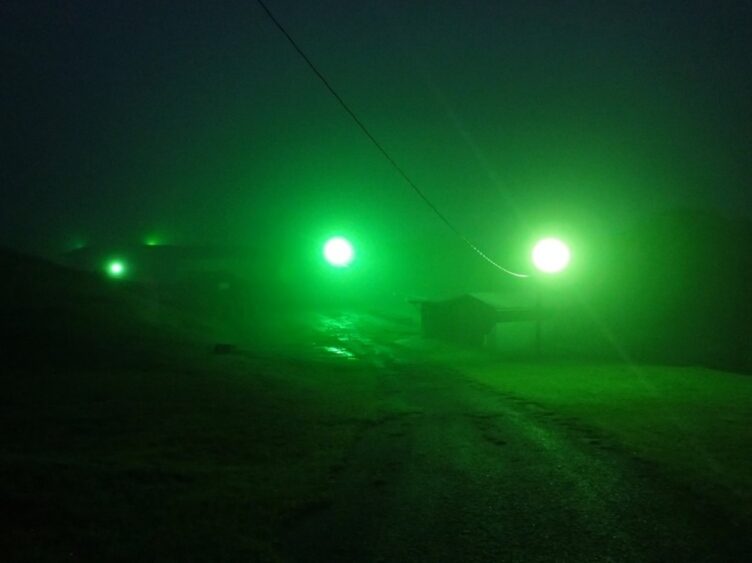
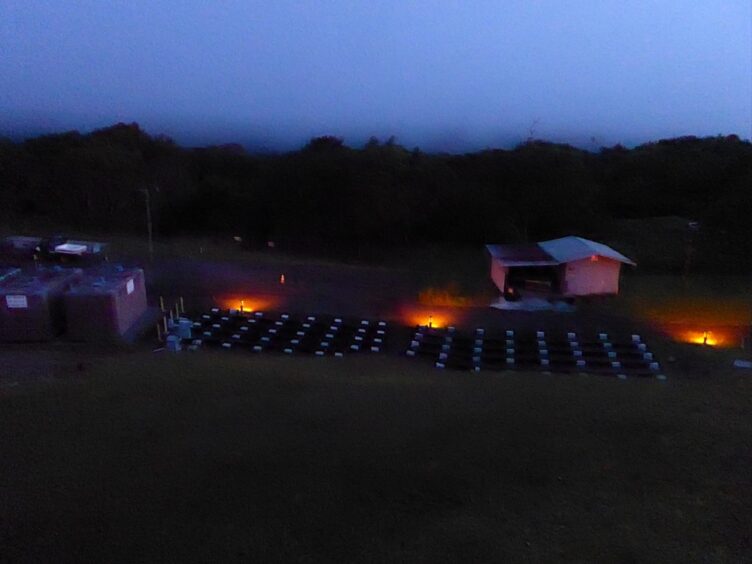
This event also highlighted the issues with assessing the magnitude of grounded seabirds at facilities, an important factor in ongoing Habitat Conservation Plans for endangered seabirds on the island. This is because when grounded, birds will invariably try to hide and can be very difficult to locate. When birds are not being actively and regularly searched for by trained observers, they may move into dark crawl spaces or dense vegetation and evade detection. For example, when trained observers searched the facility for grounded seabirds immediately prior to nightfall on the 9th and 10th of September 2015, they found 43 additional individuals which were missed by facility staff conducting their normal work duties on the previous nights. Many of these birds were only found because searchers lay prone on wet ground to look into very small dark crawl spaces with flashlights or crawled into difficult spaces to look for birds. Searcher efficiency is an important facet of understanding the magnitude of seabird fallout, and unless trained observers knowledgeable with the target species diligently search areas for downed birds at appropriate times, then the number of seabirds reported at any facility where fallout is an issue may considerably underestimate the scale of the problem.
This fallout event demonstrated that light attraction can be a significant hazard for adult seabirds if bright lights are present near breeding colonies. The Kōkeʻe AFS is in close proximity to some of the largest colonies of ʻaʻo and ʻuaʻu in the world, with the closest colonies less than a kilometer away. Conversely, every year adult ʻaʻo and ʻuaʻu pass in large numbers over brightly lit coastal towns on their way to inland breeding colonies without light attraction issues. The glow from these areas is significantly brighter than the lights at the KAFS (from our light assessment, lights in Līhuʻe were up to 12.3 times brighter than those at KAFS during the fallout event) but does not result in large numbers of grounded adult birds.
Ultimately, the grounding of so many endangered seabirds resulted in a swift change in lighting protocols at the facility, reducing light–induced seabird grounding to near zero during our study period. While there have been studies that consider the relative merits of using different types of lights, or lights in certain spectra, simply reducing artificial lighting to the minimum required for operational capabilities can be the fastest and most effective method for ameliorating the problem. This can be undertaken in a number of ways including (i) removing all unnecessary lighting, (ii) utilizing shielded low–intensity lights (to prevent upward spillage of light), (iii) ensuring that lights are only turned on when necessary, (iv) utilizing timer switches to ensure lights are turned off when not in use, (v) utilizing motion sensors to ensure lights only turn on when needed, and (vi) having adequate shielding on windows to prevent interior lights from spilling outwards (e.g. curtains, shutters or glazes on the windows).
To read the full paper, please visit the following link: Project MUSE – The Impact of Light Attraction on Adult Seabirds and the Effectiveness of Minimization Actions (jhu.edu).
